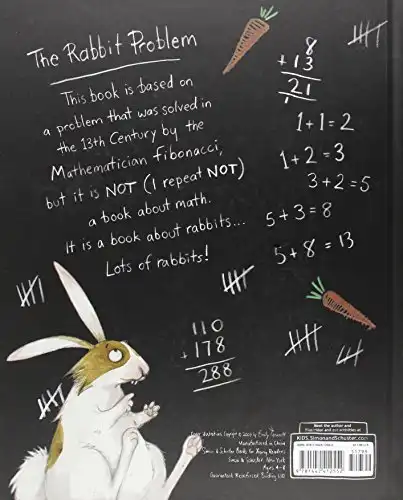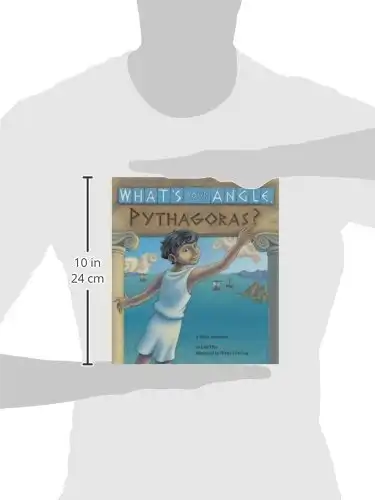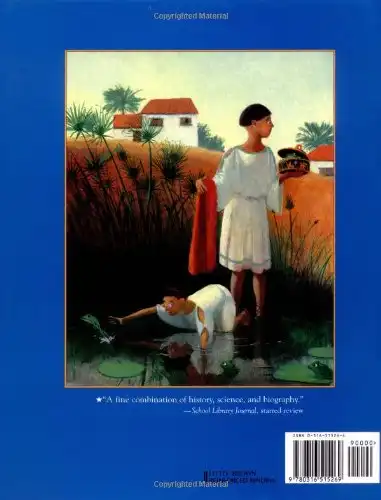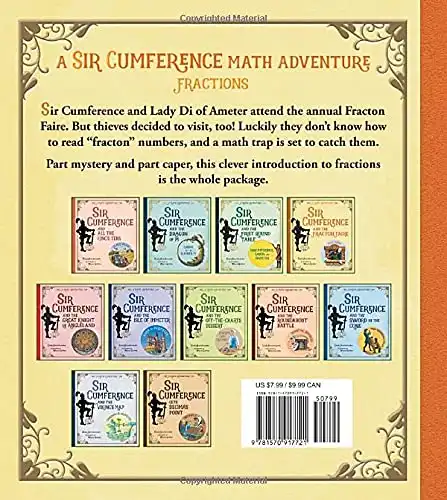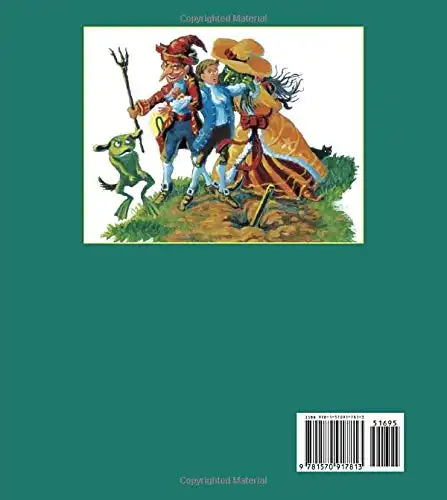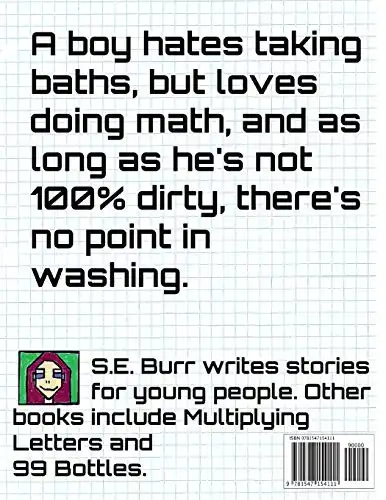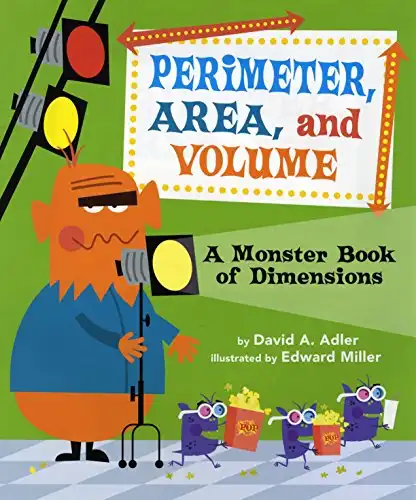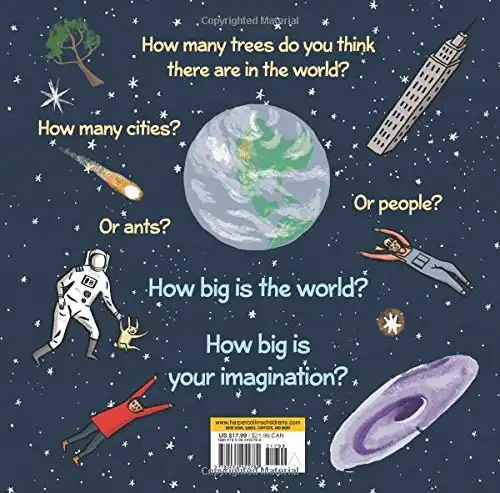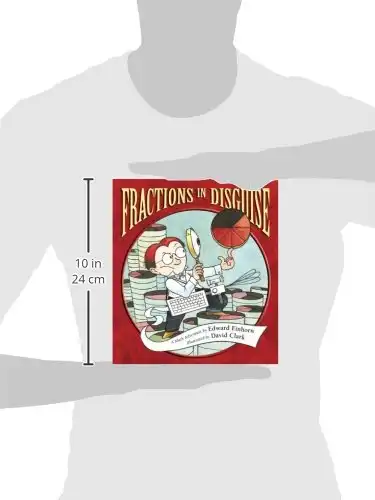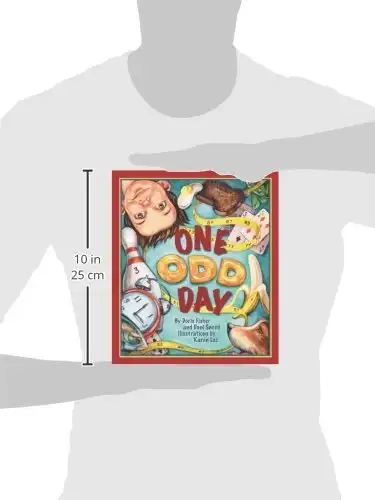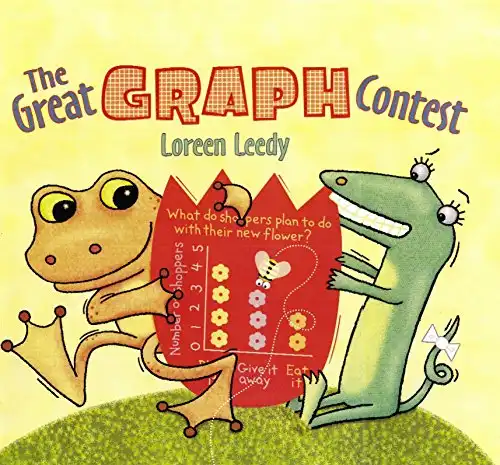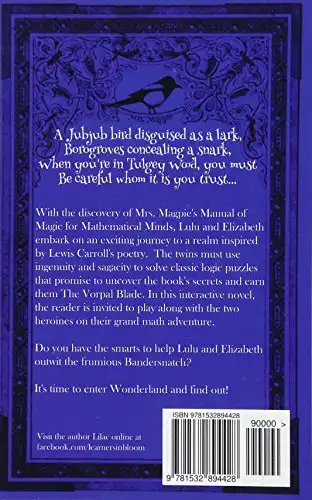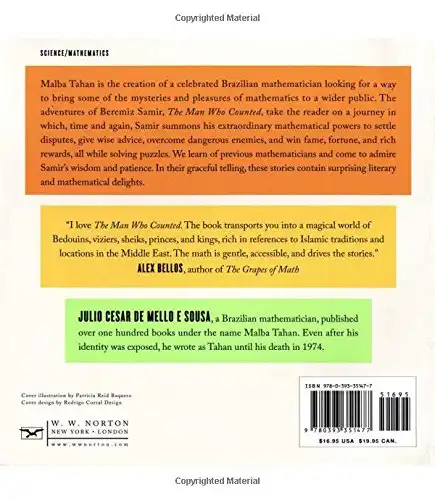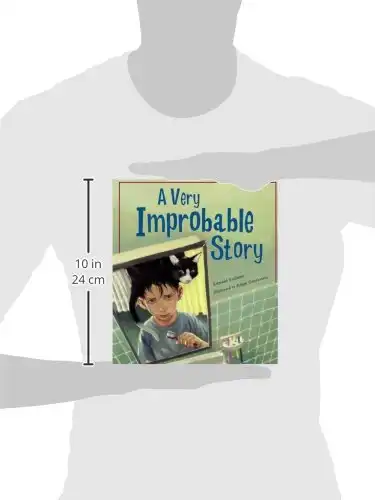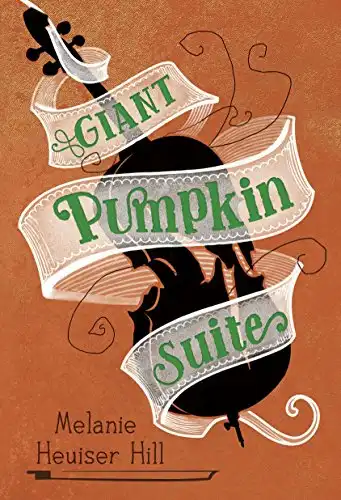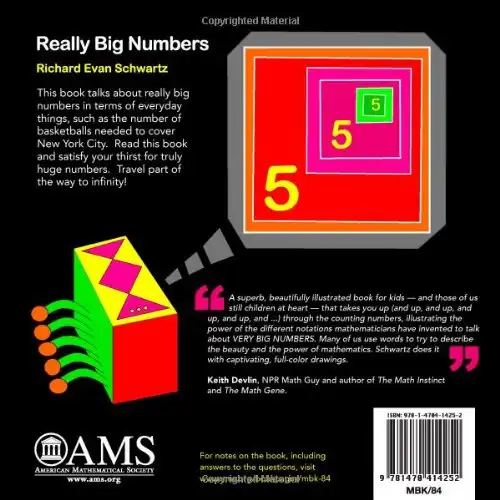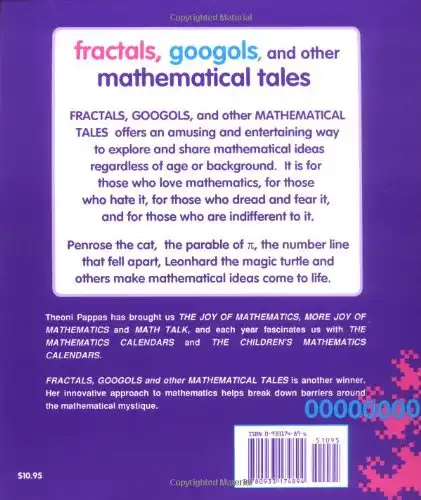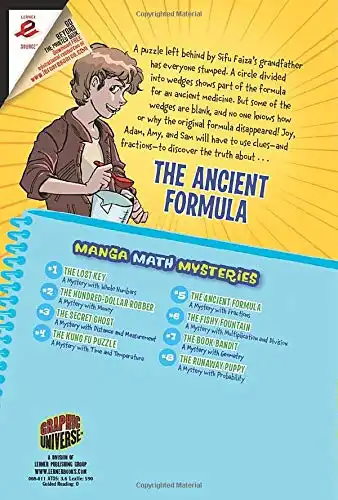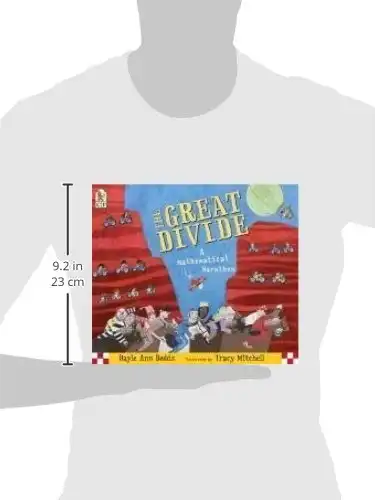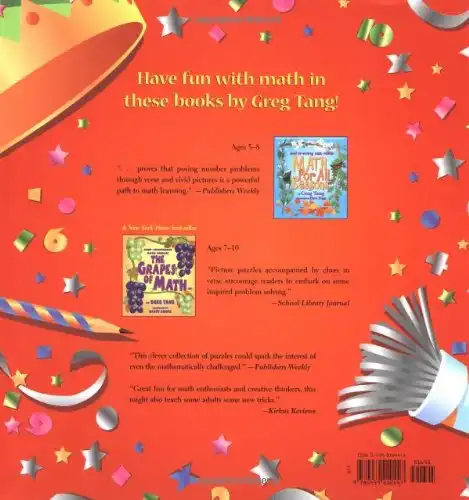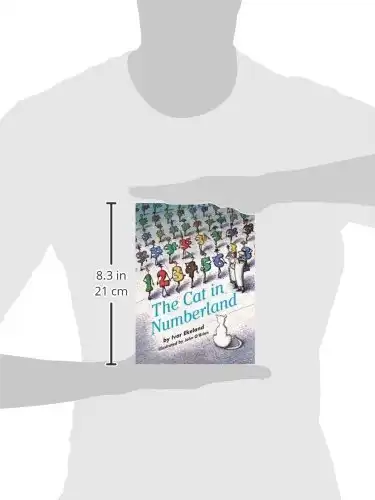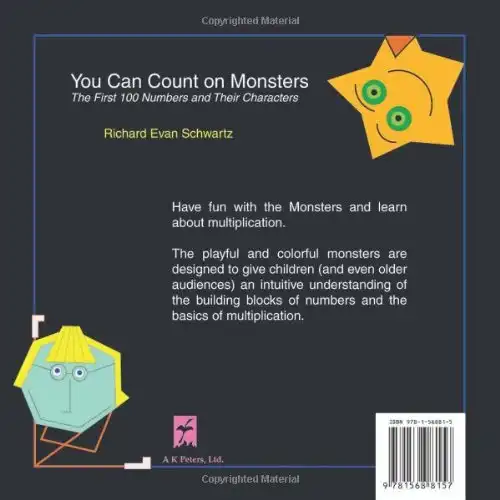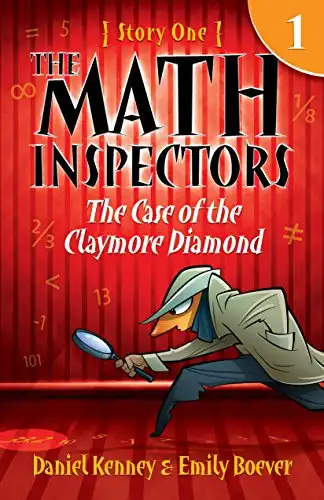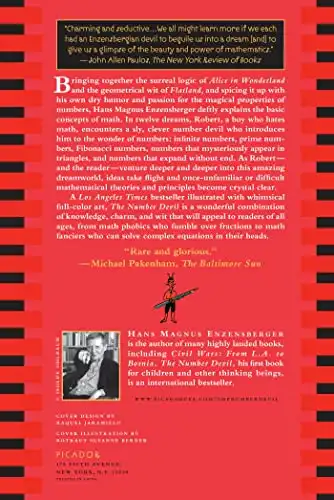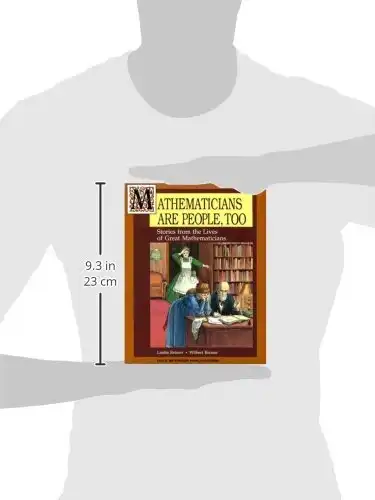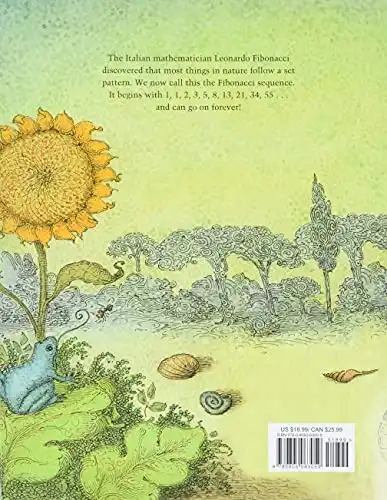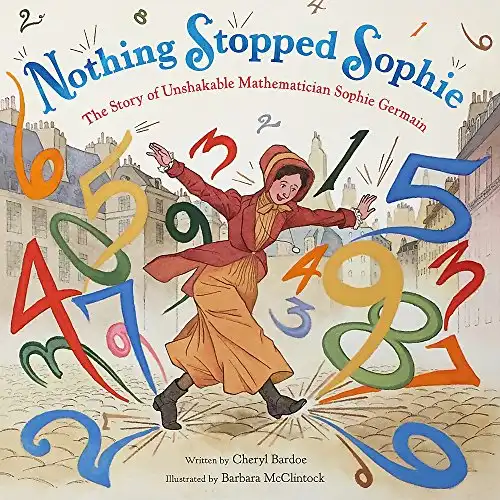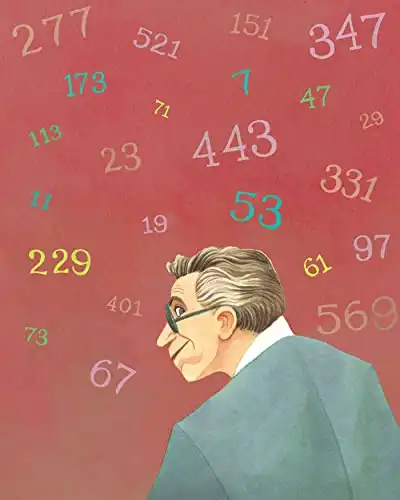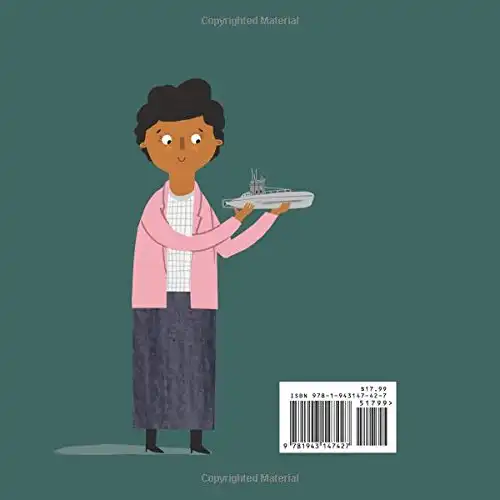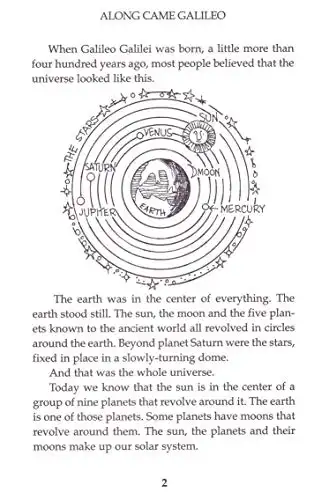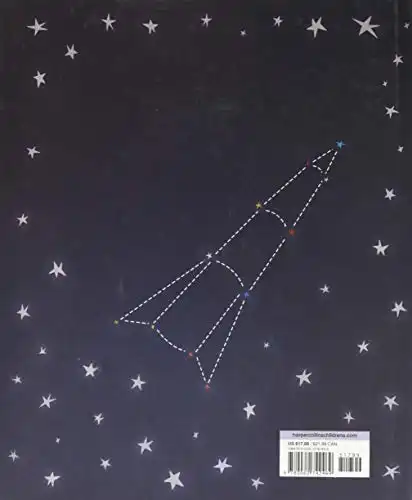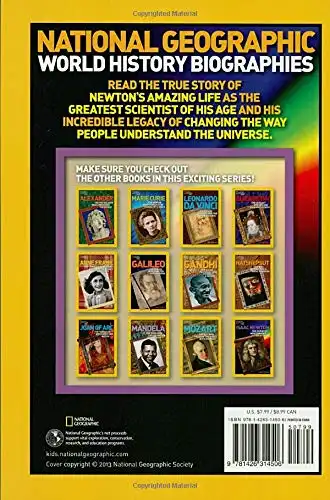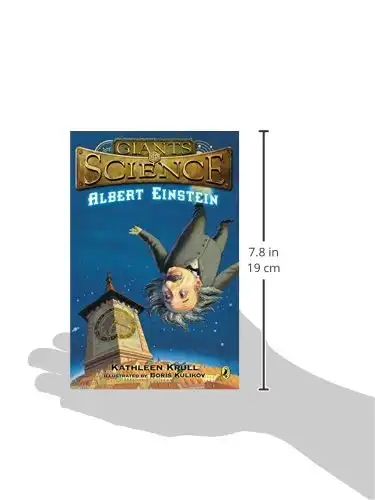Spoiler Alert: As I started to homeschool my two boys, I knew that one loves to read and one loves math. I began to search for stories about math to encourage my math lover’s enjoyment of reading. What I learned is that reading stories about mathematics and/or stories about numbers can actually helps kids learn math and learn to love math! So all the math stories for kids that I found were great for both boys! I love a good win-win! These stories cover concepts from telling time to geometry and algebra! The selection here is perfect for elementary age kids and even has some math stories for middle school kids! Last but not least, I realized that if you have a child who loves history – encouraging them with stories about mathematicians would be perfect – so I’ve added on a bonus list of ten mathematician biographies!
This year, I started homeschooling both of my boys, 7 and 10. I quickly discovered that, contrary to my romantic visions of our homeschool, there would be plenty of days that didn’t go as planned. I started by figuring out my reasons to homeschool, and it was a good thing that I did. Because there are days when remembering why I’m doing this gets me through to the next day.
For example: math. I can’t count how many times I’ve heard, “Mom… Why do I need to learn this? Why do I need to memorize these math facts? I’m never going to use math anyway in the real world!”
What I read between these agonizing questions is – “I want to learn things that have a purpose.” And, “I want to understand why I’m being asked to learn something and how it’s connected to the real world.”
One Genius Idea to Help Children Learn & Like Math
As adults, we understand that the truth is, “math is at play in every sphere of our lives, from recipes to internet security to the electoral college. But that reality can be hard to convey through the drills, static numbers and strict rules that make up so much of K-12 math education. Educators have made strides to engage students through math. One way to bring the subject to life, according to a math research organization, is through literature.”
We all instinctively know that math instantly “becomes more interesting when a child can make a math connection in a story. When children are reading or listening to a book, they learn to recognize that math is used all around them. They begin to use their prior knowledge to connect math concepts to the outside world.”
And here’s the good news: math books for kids are no longer just math textbooks…there are math stories that are fun and silly. Kids love reading these math stories and they end up learning a new math concept that is now tied to the real world for them in a way that teaching math only with textbooks just can’t ever accomplish.
I have actually three lists here for you: the first (and longest) list of math stories is geared toward elementary age kids who are learning addition, subtraction, multiplication, or division. It’s tougher to find stories about math that are geared toward middle school children – but I’ve included some for that age group as well. Finally, is you have a history buff, you might try starting with one of the interesting stories about mathematicians. These are some of our favorites!
Stories About Math and Numbers for Elementary Kids
How does 1+1 = 288? A family of rabbits soon supplies the answer in this funny story! Hop along to Fibonacci’s Field and follow Lonely and Chalk Rabbit through a year as they try to cope with their fast expanding brood and handle a different seasonal challenge each month, from the cold of February to the wet of April and the heat of July. The Rabbit Problemis packed with gorgeous details and novelty elements including a baby rabbit record book, a carrot recipe book and a surprise pop-up ending.
In “What's Your Angle, Pythagoras? (Charlesbridge Math Adventures)?” children can test their math skills and learn the Pythagorean Theorem alongside young Pythagoras in this STEM adventure. Pythagoras’ curiosity takes him from Samos to Alexandria, where he meets a builder named Neferheperhersekeper, who introduces him to the right angle. While building, Pythagoras uses geometry to learn how to measure angles and discovers all he needs to know about right triangles. With playful puns and wordplay Ellis creates the perfect STEM/STEAM resource for introducing young readers to a fundamental mathematical equation. A fun and accessible way to get young minds asking “what’s your angle?”.
The Librarian Who Measured the Earth is colorfully illustrated biography of the Greek philosopher and scientist Eratosthenes, who compiled the first geography book and accurately measured the globe’s circumference.
There’s an entire Sir Cumference series and in Sir Cumference and the Fracton Faire, you can join the gang for more wordplay, puns, and problem solving in the clever math adventure that introduces readers to the concept of fractons.
Sir Cumference and Lady Di discover “Fracton numbers” while purchasing cloth and cheese at the Fracton Faire. While two-fourths may seem like the same as one-half, in truth it denotes two parts of one-half, or two quarters of the whole. But the real mystery is the fact that items at the fair keep disappearing, and Sir C, Lady Di, and the Earl of Fracton must set a numeric trap for the thief, teaching an important lesson along the way about the comparative size of fractions.
It’s been 10 years since the queen defeated Rumpelstiltskin and now he’s back to collect his payment from years before. In The Multiplying Menace Divides (Charlesbridge Math Adventures), he causes a stir in the kingdom by making mischief with his multiplying stick and threatens to do far worse if the debt is not repaid. It’s up to Peter, the young prince, to take possession of the Rumpelstiltskin’s magical multiplying stick and learn how to use it—and multiply both whole numbers and fractions– in order to restore peace to the kingdom. A perfect mix of math, fairy-tale, and fun, The Multiplying Menace will get STEM/STEAM readers excited to solve the adventure one number at a time.
There’s also a terrific sequel: Multiplying Menace: The Revenge of Rumpelstiltskin (Charlesbridge Math Adventures)
A boy loves math but hates taking baths and as long as he’s not 100% dirty there’s no point in washing. This book teaches kids fractions and percentages in a fun and funny way. 1% Clean: A Funny Story about Fractions and Percents (Funny Math Stories) is the first book in the Funny Math Stories series.
Grab your jumbo popcorn and 3-D glasses. You’re invited to the premiere of a 3-D movie! The star-studded cast of monsters will help you calculate the perimeter of the set, the area of the movie screen, and the volume of your box of popcorn. Perimeter, Area, and Volume: A Monster Book of Dimensions has never been so entertaining.
Did you know that the earth is covered in three trillion trees? And that seven billion people weigh about the same as ten quadrillion ants? Our world is full of constantly changing numbers, from a hundred billion trillion stars in space to thirty-seven billion rabbits on Earth. Can you imagine that many of anything?
A Hundred Billion Trillion Stars illuminates some of the biggest numbers in the universe—a hundred billion trillion stars—and the smallest—one unique and special YOU. Here is a book for story time, for science time, for math time, for bedtime, and all the times in between!
Crack the case with George Cornelius Factor in this entertaining math adventure that introduces simplified and reduced fractions with equal parts intrigue and humor.
A valuable fraction goes missing, and in Fractions in Disguise: A Math Adventure (Charlesbridge Math Adventures) George Cornelius Factor (a.k.a. GCF) vows to track it down. Knowing that the villainous Dr. Brok likes to disguise his ill-gotten fractions, GCF invents a Reducer—half ray gun, half calculator— that strips away the disguise, reducing the fraction to its lowest common denominator and revealing its true form. With the Reducer in hand, George seeks out Dr. Brok in hopes of retrieving the missing fraction.
One Odd Day (Arbordale Collection) is a humorous, rhythmic, read-aloud story about a boy who awakens to find that everything around him is odd. His shirt has three sleeves and his dog has five legs. . . Things are no better at school either. Will his odd day end when he goes to bed that night? Children will delight in finding all the odd items and numbers hidden in the art! This great introduction to the concept of odd and even numbers is supplemented by odd fun facts, number games, and the art!
Two comical creatures go crazy with graphs in an imaginative look at organizing information. Young readers can The Great Graph Contest, pie charts, Venn diagrams, and more. Details about how each graph was made are shown at the end plus instructions for students to make their own.
Lulu and Elizabeth are two girls who love to play with numbers, words, and (on occasion) toy swords. In the adventure, Math and Magic in Wonderland (Math and Magic Adventures), classic math and logic riddles lead the way through a world inspired by Lewis Carroll’s poetry.
Filled with engaging puzzles, tidbits about famous mathematicians, and a dash of humor, this interactive book is sure to inspire adults and children, alike, to follow their own rabbit trails into the magical world of mathematics. (There’s a sequel as well, Math and Magic in Camelot (Math and Magic Adventures)!)
The adventures of Beremiz Samir, The Man Who Counted: A Collection of Mathematical Adventures, take the reader on a journey in which, time and again, Samir summons his extraordinary mathematical powers to settle disputes, give wise advice, overcome dangerous enemies, and win for himself fame, fortune, and rich rewards. We learn of previous mathematicians and come to admire Samir’s wisdom and patience. In the grace of Tahan’s telling, these stories hold unusual delights for the reader.
The Adventures of Penrose the Mathematical Cat introduces math concepts in a non threatening way. His encounters with math characters and ideas capture children’s imaginations and stimulates their curiosity while having fun discovering and playing with what the world mathematics offers. Lets you discover that math is much more than learning math facts. A great resource for parents and teachers. An exciting way to get children fascinated by mathematics.
What are the odds?
Ethan wakes up one morning to find a very strange cat stuck on his head. The cat, Odds, refuses to budge until Ethan wins a game of probability. Without looking, Ethan must pick out a dime from his coin collection or two matching socks from his dresser, or do something else improbable. If he doesn’t, Odds is there to stay, and Ethan has a 100% chance of missing his big soccer game.
A Very Improbable Story (Charlesbridge Math Adventures) about a challenging math concept.
In addition to presenting calculations, figures, and puzzles, another way for a book to be mathematical is by portraying characters who love and practice math. In Giant Pumpkin Suite, math and cello enthusiast Rose deals with literal and figurative growing pains as she joins her shorter, nonmusical twin brother in a project to grow a record-breaking pumpkin for the state fair.
By means of engaging, imaginative visuals and endearing narration, Schwartz manages the monumental task of presenting the complex concept of Big Numbers in fresh and relatable ways. The book begins with small, easily observable numbers before building up to truly gigantic ones, like a nonillion, a tredecillion, a googol, and even ones too huge for names! Any person, regardless of age, can benefit from reading this book. Readers will find themselves returning to its pages for a very long time, perpetually learning from and growing with the narrative as their knowledge deepens. Really Big Numbers is a wonderful enrichment for any math education program
Fractals, Googols, and Other Mathematical Tales is a treasure trove of stories that make mathematical ideas come to life. Through these imaginative stories, you’ll explore math concepts and topics such as real numbers, exponents, dimensions, the golden rectangle in both serious and humorous ways. Stories such as the parable of p, the number line that fell apart, Leonhard the magic turtle and many others offer an amusing and entertaining way to explore and share mathematical ideas regardless of age or background.
“Bang!” goes the gun. The race is on.
Eighty racers explode from the starting gate, determined to win The Great Divide: A Mathematical Marathon. They surge ahead, rushing toward—OH NO!—the wide hungry mouth of a grand canyon that claims half the racers. And this is only the beginning. More dangers lie ahead, waiting to divide the group once, twice, three times, and more. Will there be anyone left to cross the finish line?
Using a unique teaching tool designed to motivate kids to learn, You Can Count on Monsters: The First 100 Numbers and Their Characters visually explores the concepts of factoring and the role of prime and composite numbers. The playful and colorful monsters are designed to give children (and even older audiences) an intuitive understanding of the building blocks of numbers and the basics of multiplication. The introduction and appendices can also help adult readers answer questions about factoring from their young audience. The artwork is crisp and creative and the colors are bright and engaging, making this volume a welcome deviation from standard math texts.
Stories About Mathematics for Middle School
Do your kids love math? Hate math? Always ask you: “When am I ever going to use math?” The Math Inspectors: Story One - The Case of the Claymore DiamondHAVE AN ANSWER! The series people are calling: Like Sherlock Holmes… but with calculators Like NCIS…but with milkshakes. Like Jurassic Park…but without the dinosaurs. Wait, what? Each book in this insanely popular mystery & detective series is designed to draw readers aged 9-12 into a mystery so intriguing, with characters so smart and funny, that they forget they’re doing math.Because the Math Inspectors know two things. First, math is the greatest thing in the world. Second, crime solving is nothing more than a word problem. And they eat word problems for breakfast!
*Bonus – Author Daniel Kenney has a whole Math Inspectors series as well as some other pretty fabulous books!
The Number Devil: A Mathematical Adventure is the international best-seller that makes mathematics a thrilling exploration.
In twelve dreams, Robert, a boy who hates math, meets a Number Devil, who leads him to discover the amazing world of numbers: infinite numbers, prime numbers, Fibonacci numbers, numbers that magically appear in triangles, and numbers that expand without. As we dream with him, we are taken further and further into mathematical theory, where ideas eventually take flight, until everyone – from those who fumble over fractions to those who solve complex equations in their heads – winds up marveling at what numbers can do.
In Do the Math: Secrets, Lies, and Algebra (Do the Math, 1), 8th grader Tess loves math because it’s the one subject she can trust—there’s always just one right answer, and it never changes. But then she starts algebra and is introduced to those pesky and mysterious variables, which seem to be everywhere in eighth grade. When even your friends and parents can be variables, how in the world do you find out the right answers to the really important questions, like what to do about a boy you like or whom to tell when someone’s done something really bad?
Will Tess’s life ever stop changing long enough for her to figure it all out?
Stories About Mathematicians
If you have a child who loves history but struggles to enjoy math, I strongly suggest starting out with one or more of these stories of mathematicians, their lives, and discoveries!
Mathematicians Are People, Too: Stories from the Lives of Great Mathematicians gives a fascinating look at the lives of the people behind the math. The short, easy to read, stories can be cross referenced with history lessons to add extra depth.
As a young boy in medieval Italy, Leonardo Blockhead: The Life of Fibonacci thought about numbers day and night. He was such a daydreamer that people called him a blockhead.
When Leonardo grew up and traveled the world, he was inspired by the numbers used in different countries. Then he realized that many things in nature, from the number of petals on a flower to the spiral of a nautilus shell, seem to follow a certain pattern. The boy who was once teased for being a blockhead had discovered what came to be known as the Fibonacci Sequence!
Most people think of mathematicians as solitary, working away in isolation. And, it’s true, many of them do. But The Boy Who Loved Math: The Improbable Life of Paul Erdos never followed the usual path. At the age of four, he could ask you when you were born and then calculate the number of seconds you had been alive in his head. But he didn’t learn to butter his own bread until he turned twenty. Instead, he traveled around the world, from one mathematician to the next, collaborating on an astonishing number of publications. With a simple, lyrical text and richly layered illustrations, this is a beautiful introduction to the world of math and a fascinating look at the unique character traits that made “Uncle Paul” a great man.
After touring a German submarine in the early 1940s, young Raye set her sights on becoming an engineer. Little did she know sexism and racial inequality would challenge that dream every step of the way, even keeping her greatest career accomplishment a secret for decades. Through it all, the gifted mathematician persisted―finally gaining her well-deserved title in history: a pioneer who changed the course of ship design forever.
The Girl With a Mind for Math: The Story of Raye Montague (Amazing Scientists, 3) is the third book in a riveting educational series about the inspiring lives of amazing scientists. In addition to the illustrated rhyming tale, you’ll find a complete biography, fun facts, a colorful timeline of events, and even a note from Montague herself!
One of the most important figures to come out of the awakening world of the Renaissance was Galileo Galelei. Often referred to as the “Archimedes of his time” Along Came Galileo was forever asking questions. Is it possible to measure heat? Is it possible to weigh air? Does the earth stand still or does it move? How fast do objects fall to the earth? His questions led to some of the most important answers of the scientific world and to his contributions to astronomy, physics, and mathematics.
Dorothy Vaughan, Mary Jackson, Katherine Johnson, and Christine Darden were good at math…really good.
They participated in some of NASA’s greatest successes, like providing the calculations for America’s first journeys into space. And they did so during a time when being black and a woman limited what they could do. But they worked hard. They persisted. And they used their genius minds to change the world.
In this beautifully illustrated Hidden Figures: The True Story of Four Black Women and the Space Race, we explore the story of four female African American mathematicians at NASA, known as “colored computers,” and how they overcame gender and racial barriers to succeed in a highly challenging STEM-based career.
Born in England in 1643, World History Biographies: Isaac Newton: The Scientist Who Changed Everything (National Geographic World History Biographies) grew up in the age when Renaissance thinkers were challenging accepted ideas throughout Europe. Fascinated by all earthly science, Newton developed laws of motion and universal gravitation which also furthered our understanding of the movement of celestial bodies. This vibrant biography profiles the famed physicist as an acclaimed mathematician, astronomer, alchemist, philosopher, and inventor as well.
Two hundred years ago, a daughter was born to the famous poet, Lord Byron, and his mathematical wife, Annabella.
Like her father, Ada had a vivid imagination and a creative gift for connecting ideas in original ways. Like her mother, she had a passion for science, math, and machines. It was a very good combination. Ada hoped that one day she could do something important with her creative and nimble mind.
A hundred years before the dawn of the digital age, Ada Lovelace envisioned the computer-driven world we know today. And in demonstrating how the machine would be coded, she wrote the first computer program. She would go down in history as Ada Lovelace, Poet of Science: The First Computer Programmer.
Albert Einstein (Giants of Science). His name has become a synonym for genius. His wild case of bedhead and playful sense of humor made him a media superstar—the first, maybe only, scientist-celebrity. He wasn’t much for lab work; in fact he had a tendency to blow up experiments. What he liked to do was think, not in words but in “thought experiments”. What was the result of all his thinking? Nothing less than the overturning of Newtonian physics.



